Pman
0
- Joined
- Nov 28, 2012
- Messages
- 4,441
- Points
- 113
So, I just got in a few more LPC-826 diodes and it was time to build the second to last laser66 (unless someone can come up with another Laser66 that is . The problem with this build is that the diode is negative and you can't fit a standard module inside it without isolating it somehow as the walls of the host are too thin to make the inside diameter wider. Here is my solution:
. The problem with this build is that the diode is negative and you can't fit a standard module inside it without isolating it somehow as the walls of the host are too thin to make the inside diameter wider. Here is my solution:
The parts. The plastic insert to keep the batteries from rattling is the white tube that I removed. The diode pressed in, soldered, heat-sinked and glued for support. The AixiZ driver is already set just passed the max point which takes it out of regulation and output is based on input. The diode cannot take (2) 10440 so I am using (2) 10440 size LiFePO4 cells which fully charge to 3.7V instead of 4.2V:
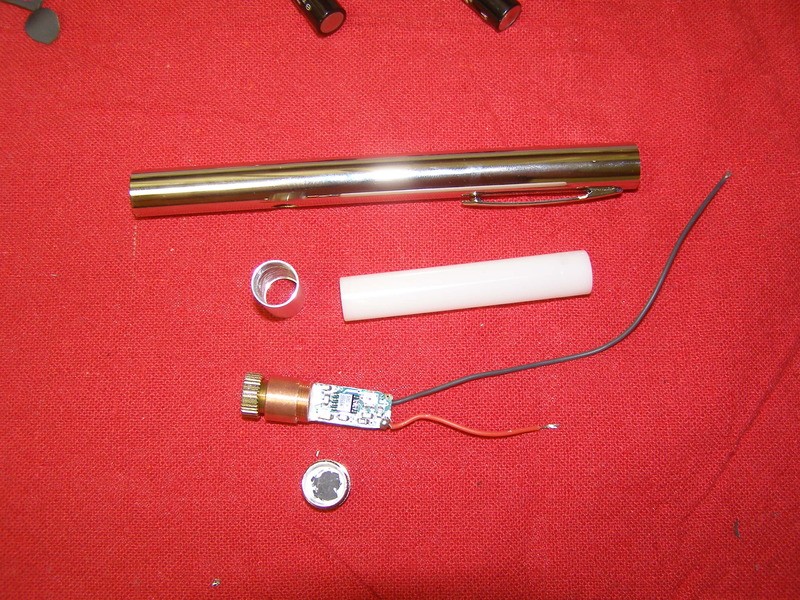
Module has an open back end as the driver will not fit otherwise:
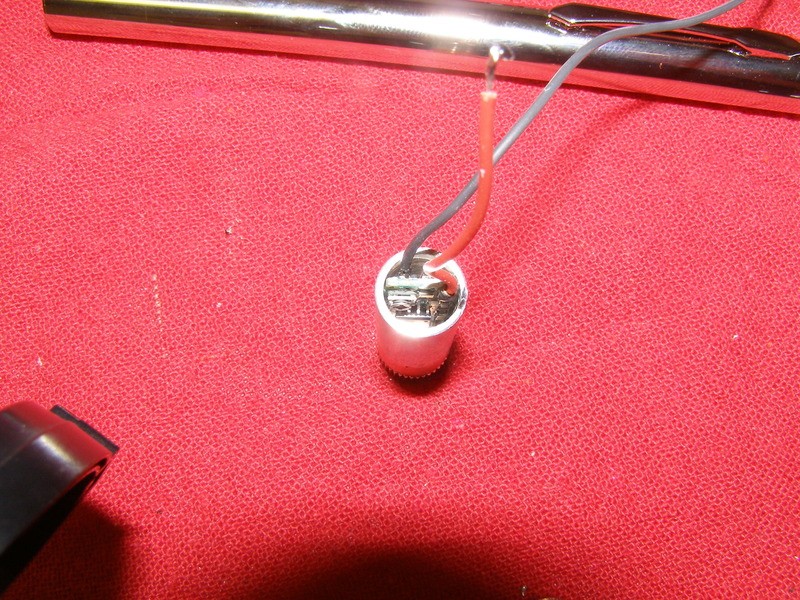
See how I have dish pan hands now instead of all cracked from when I used to work
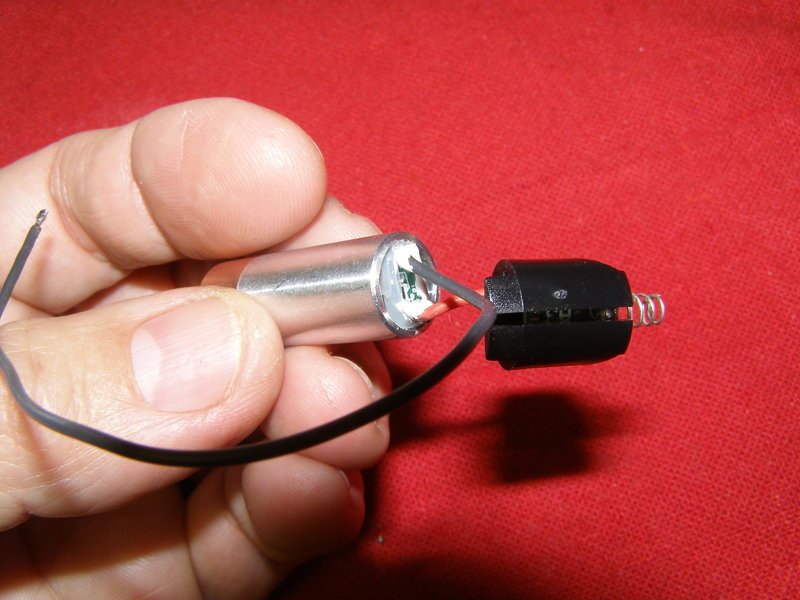
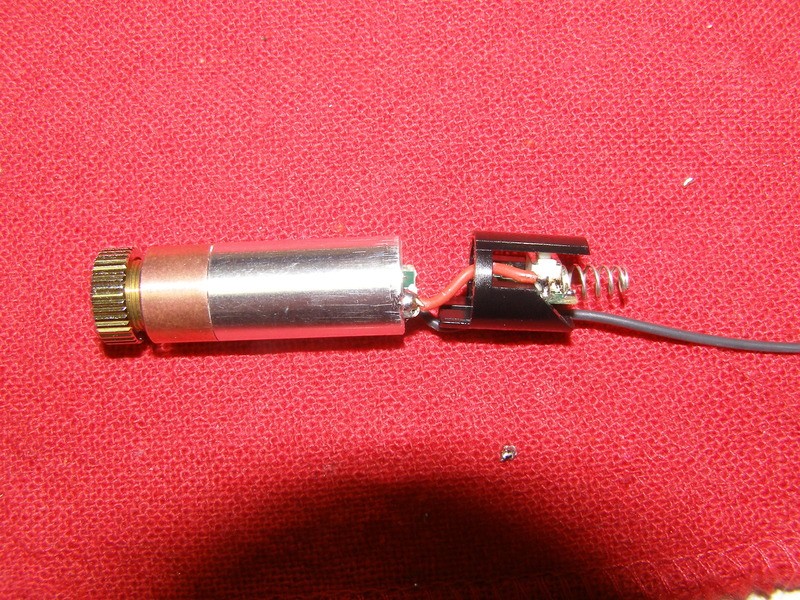
I had more than one option to try and fit the negative wire to the battery end but they ended up in either trying to cut the wire or too tight to easily get the batteries back out. One was splitting the battery holder down the middle and running a wire between the gap. Another was to make heat-shrink tubing (which is thinner than the battery tube) to fit inside so the wire could fit. On the end cap I had tried to remove enough material inside it to allow the negative wire to fit alongside the battery into it but I realized that it would not be thin enough to not break the wire insulation while screwing it on after taping the wire to the battery negative end. None of those ways worked well enough that there wasn't a significant risk that the wire would short to the host so no dice.
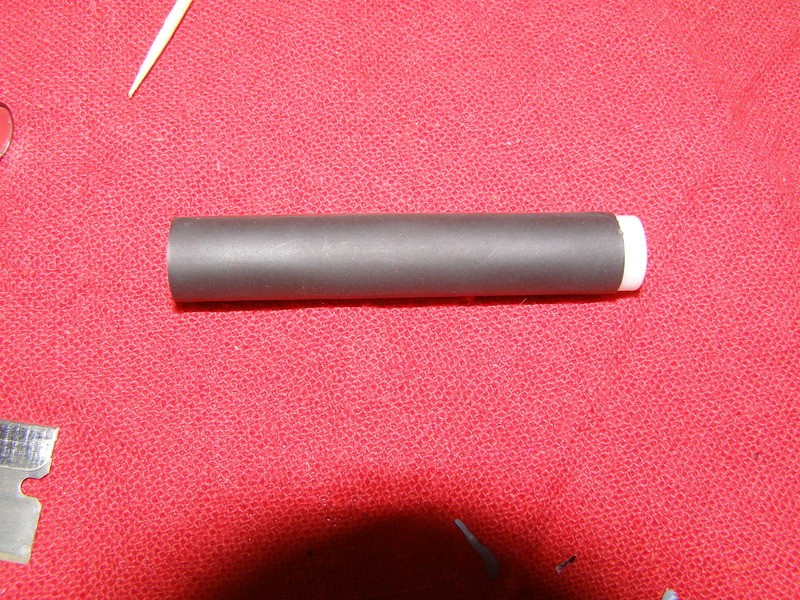
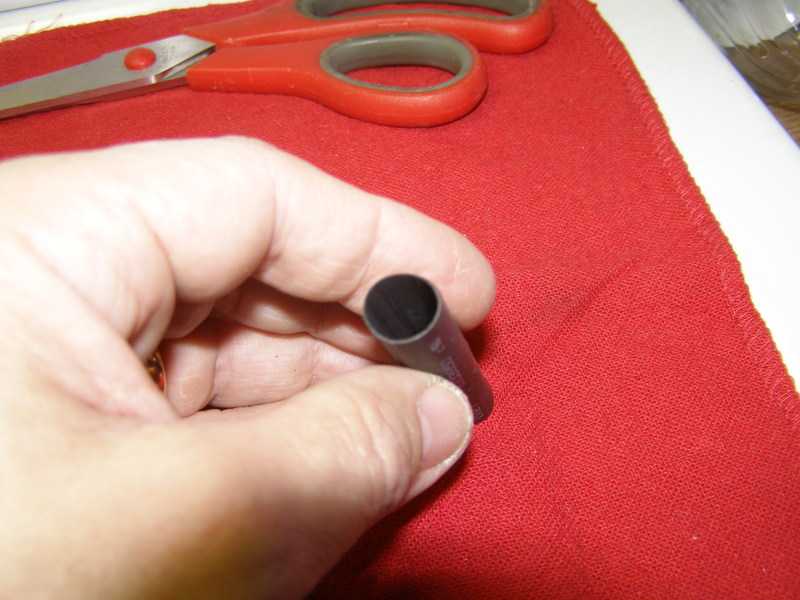
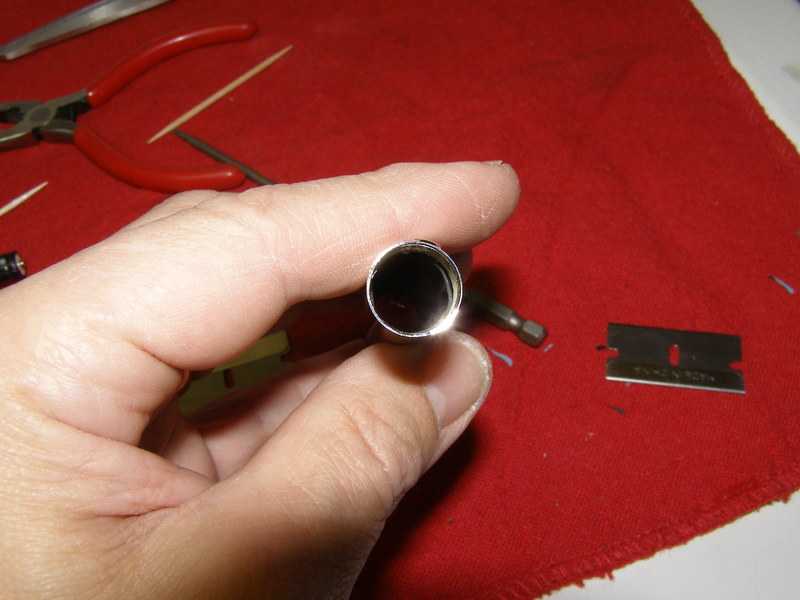
The final decision turned out to work really well and is simple. Remove any battery holder and run the wire and the batteries down the now much more spacious tube and attach the wire to the side of the battery as that's still the negative.
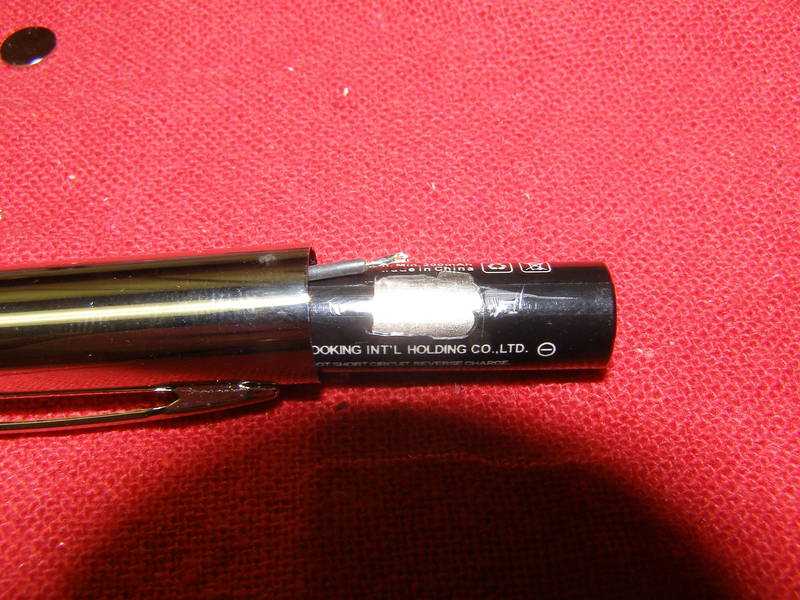
Fully charged it hits just over 400mW and with an acrylic lens it hits about 340mW. This pic was one I took later at 331mW. If you set the driver to max (and not past it) it will give you about 260mW:
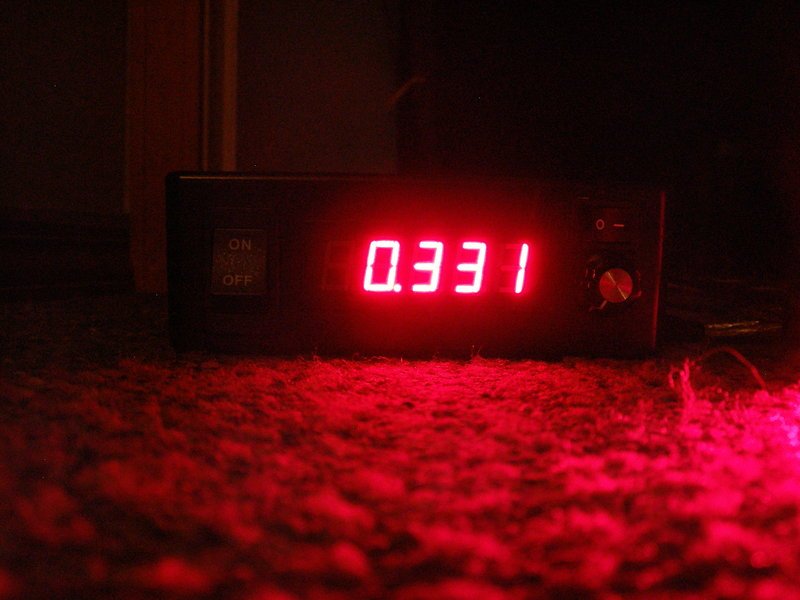
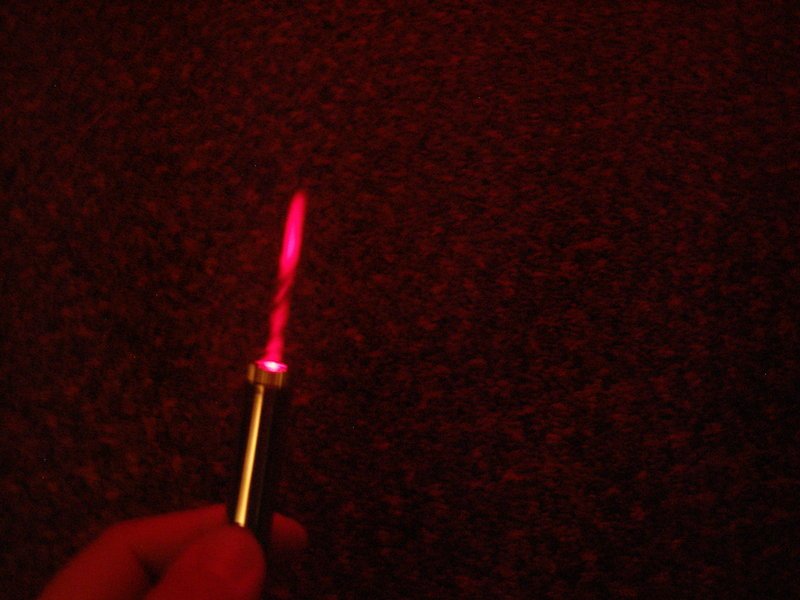
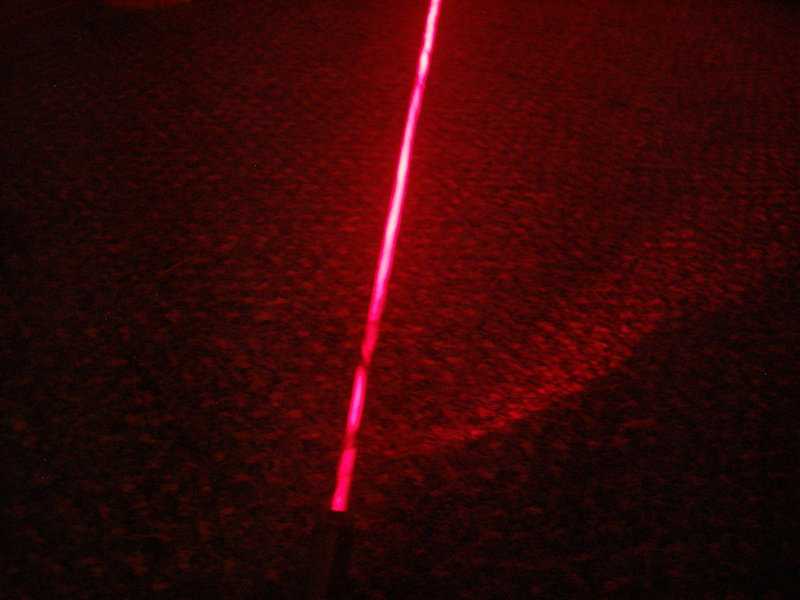
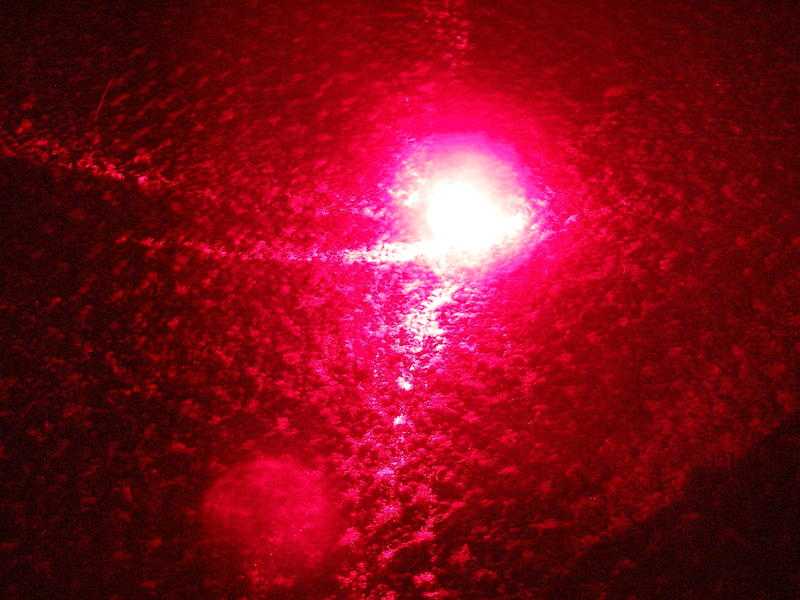

Through a light bulb onto a white wall. I really like the color:

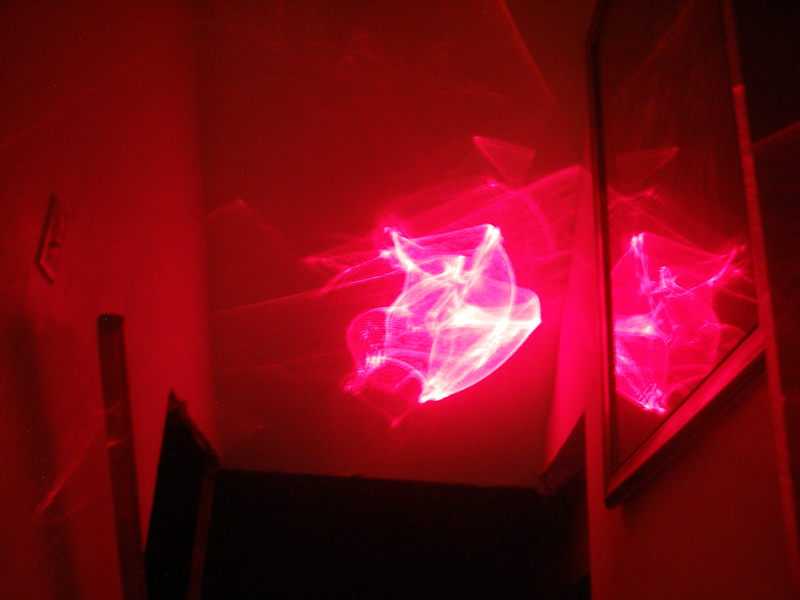
The parts. The plastic insert to keep the batteries from rattling is the white tube that I removed. The diode pressed in, soldered, heat-sinked and glued for support. The AixiZ driver is already set just passed the max point which takes it out of regulation and output is based on input. The diode cannot take (2) 10440 so I am using (2) 10440 size LiFePO4 cells which fully charge to 3.7V instead of 4.2V:

Module has an open back end as the driver will not fit otherwise:

See how I have dish pan hands now instead of all cracked from when I used to work


I had more than one option to try and fit the negative wire to the battery end but they ended up in either trying to cut the wire or too tight to easily get the batteries back out. One was splitting the battery holder down the middle and running a wire between the gap. Another was to make heat-shrink tubing (which is thinner than the battery tube) to fit inside so the wire could fit. On the end cap I had tried to remove enough material inside it to allow the negative wire to fit alongside the battery into it but I realized that it would not be thin enough to not break the wire insulation while screwing it on after taping the wire to the battery negative end. None of those ways worked well enough that there wasn't a significant risk that the wire would short to the host so no dice.



The final decision turned out to work really well and is simple. Remove any battery holder and run the wire and the batteries down the now much more spacious tube and attach the wire to the side of the battery as that's still the negative.

Fully charged it hits just over 400mW and with an acrylic lens it hits about 340mW. This pic was one I took later at 331mW. If you set the driver to max (and not past it) it will give you about 260mW:





Through a light bulb onto a white wall. I really like the color:





